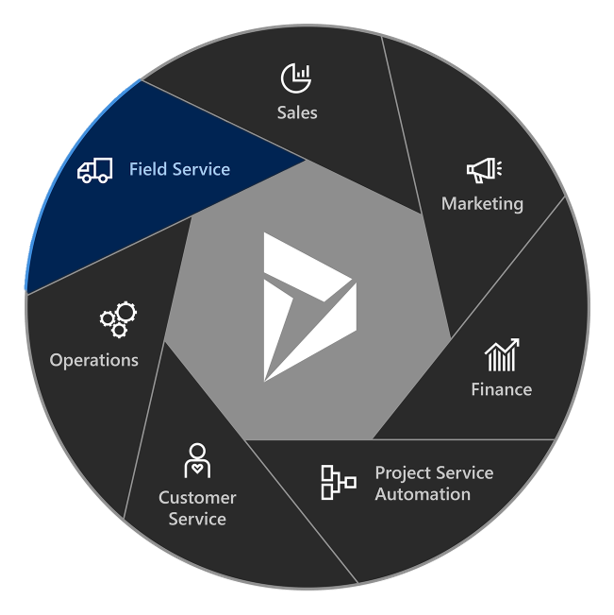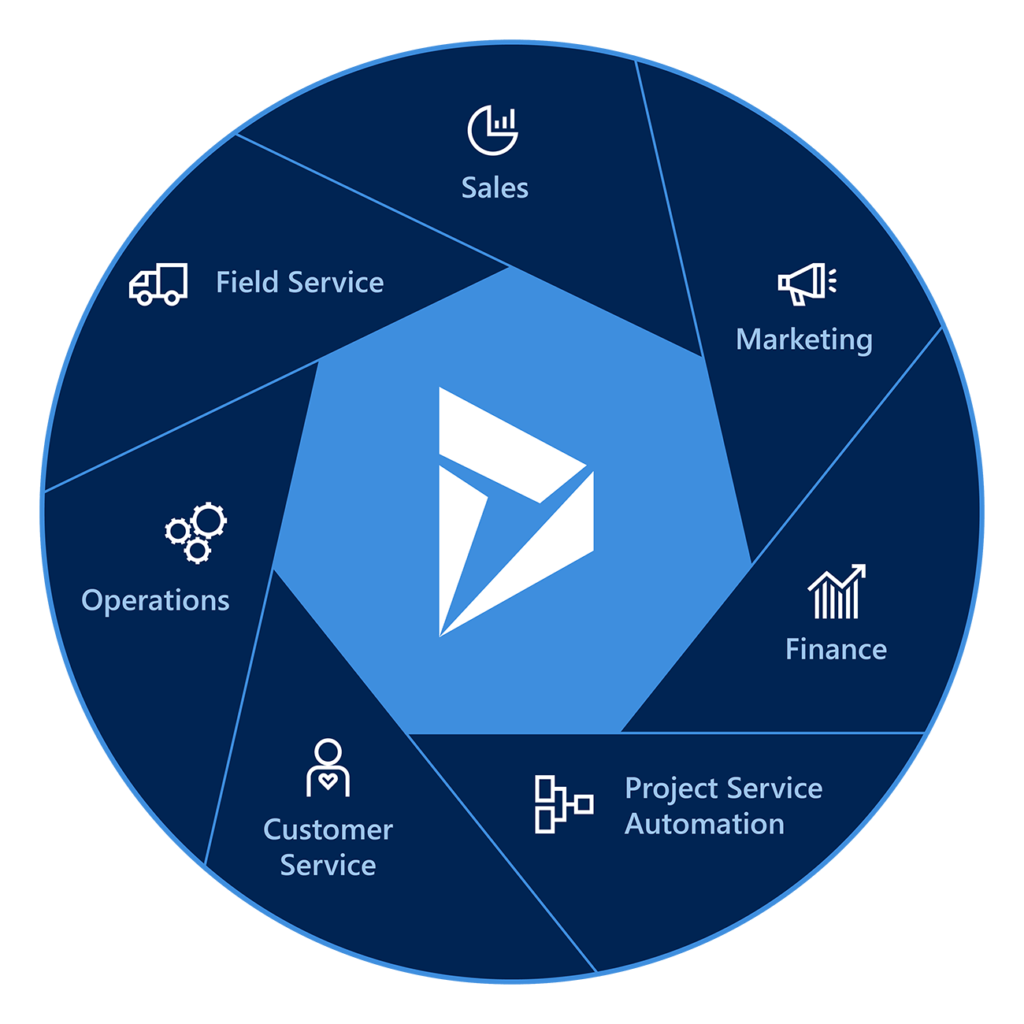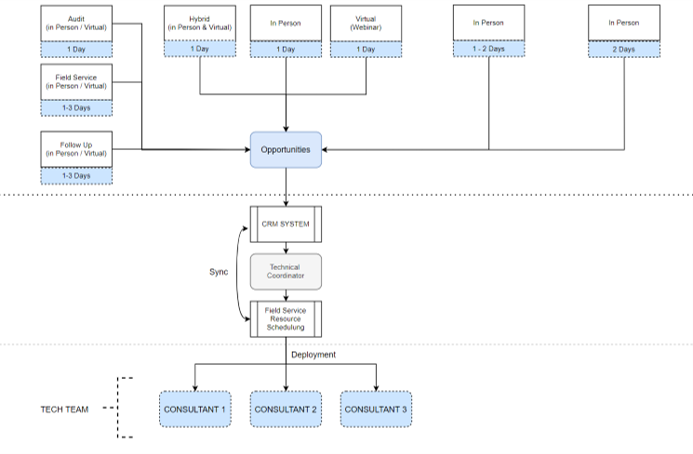Implementation of Microsoft Dynamics 365 - Field Service - Part I
Implementation of Microsoft Dynamics 365 – Field Service – Part I
Moving out of the sandbox … PART I 1) What is Microsoft Dynamics 365Dynamics 365 is a framework that can be used to connect and customize a portfolio of business applications. It includes core business applications and is modular in design. It combines the latest Microsoft CRM and ERP solutions, Office 365, Power BI and…

Moving out of the sandbox …
PART I
1) What is Microsoft Dynamics 365
Dynamics 365 is a framework that can be used to connect and customize a portfolio of business applications. It includes core business applications and is modular in design.
It combines the latest Microsoft CRM and ERP solutions, Office 365, Power BI and the Cortana Intelligence Suite into one cloud service.

2) What is the Field Service Module
At the heart of the Dynamics 365 Field Service Module are technicians and their scheduling including processing of service orders.
To stay flexible at core, Microsoft offers a wide variety of tools to cover the needs for this management solution. It includes solutions such as service locations, asset management, preventive maintenance, work order management, resource management, inventory, technician scheduling, mobile solutions, internal collaboration, customer billing and analytics.
Applications for the new age of the Internet of Things (IoT) are also constantly being developed, which is a clear advantage, especially when using the HoloLens device in the field.

3) Why the Field Service Module was chosen
My client had clear requirements in terms of what was needed for the service area, and the specifications quickly showed that the deployment of technicians worldwide required customization of the system. Basically, the Field Service Module in its standard configuration is designed for national dispatching of technicians for a specific product or service.
A clear plus was the integration with the existing CRM system and the sharing of customer data (accounts) and already stored profiles. In addition, all communications were already conducted through the Office 365 package and SharePoint was in use. Not to forget that the Microsoft Hololens integration via Remote Assist was already implemented and could therefore be integrated into existing structures with minimal effort.

4) Planning and execution of the project
Once system requirements had been defined, the IT service provider set up a test environment (sandbox) to run through the configuration, customization and business processes. Within several weeks, the “playground” was now filled with real data and the complete service processes were trialed and documented. Missing interfaces were recorded and existing solutions were discussed with the IT service provider’s consultants and the client’s employees.

Based on the test environment, it was now possible to estimate customizing (development/customizing) efforts to cover all requirements for the solution.
After defining which requirements should be implemented (Must have/Nice to have etc.) a migration environment was set up to test the Field Service Module with all defined solutions and to validate the business processes once again with respective users (technician, service manager, service manager).
5) Happy to help
Of course, this particular project does not meet your requirements regarding Microsoft Dynamics Field Service or the integration and implementation of appropriate service solutions for your company. But, as an official PMP consultant, I will gladly support you to cover your service processes and find a suitable system.
As a long-time key user in the area of SAP R3, I know the pitfalls of working with ERP systems in the service area. After all, you are aiming for operational excellence for your service business and I am happy to help you and make you a #SERVICEGEWINNER!





